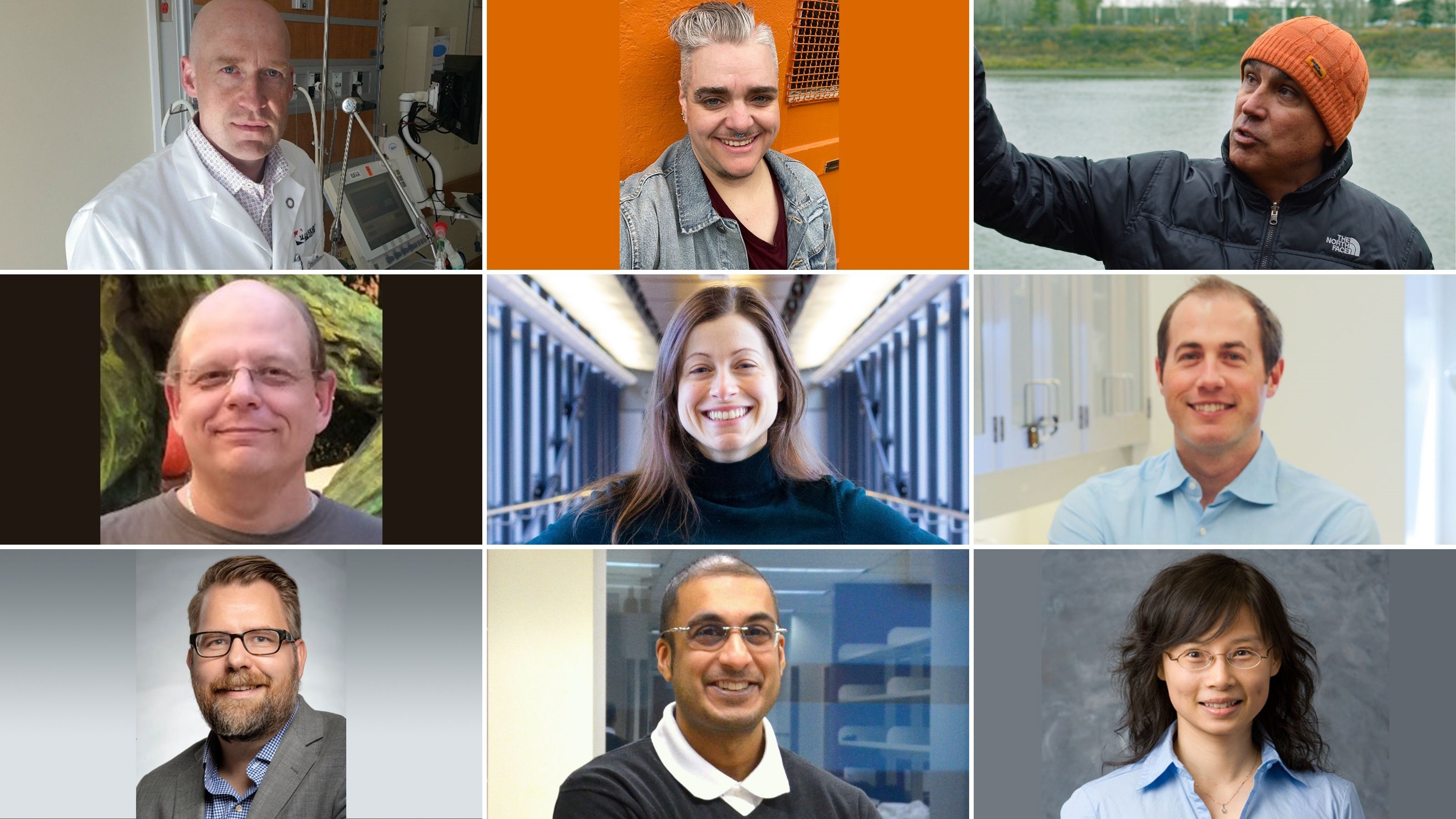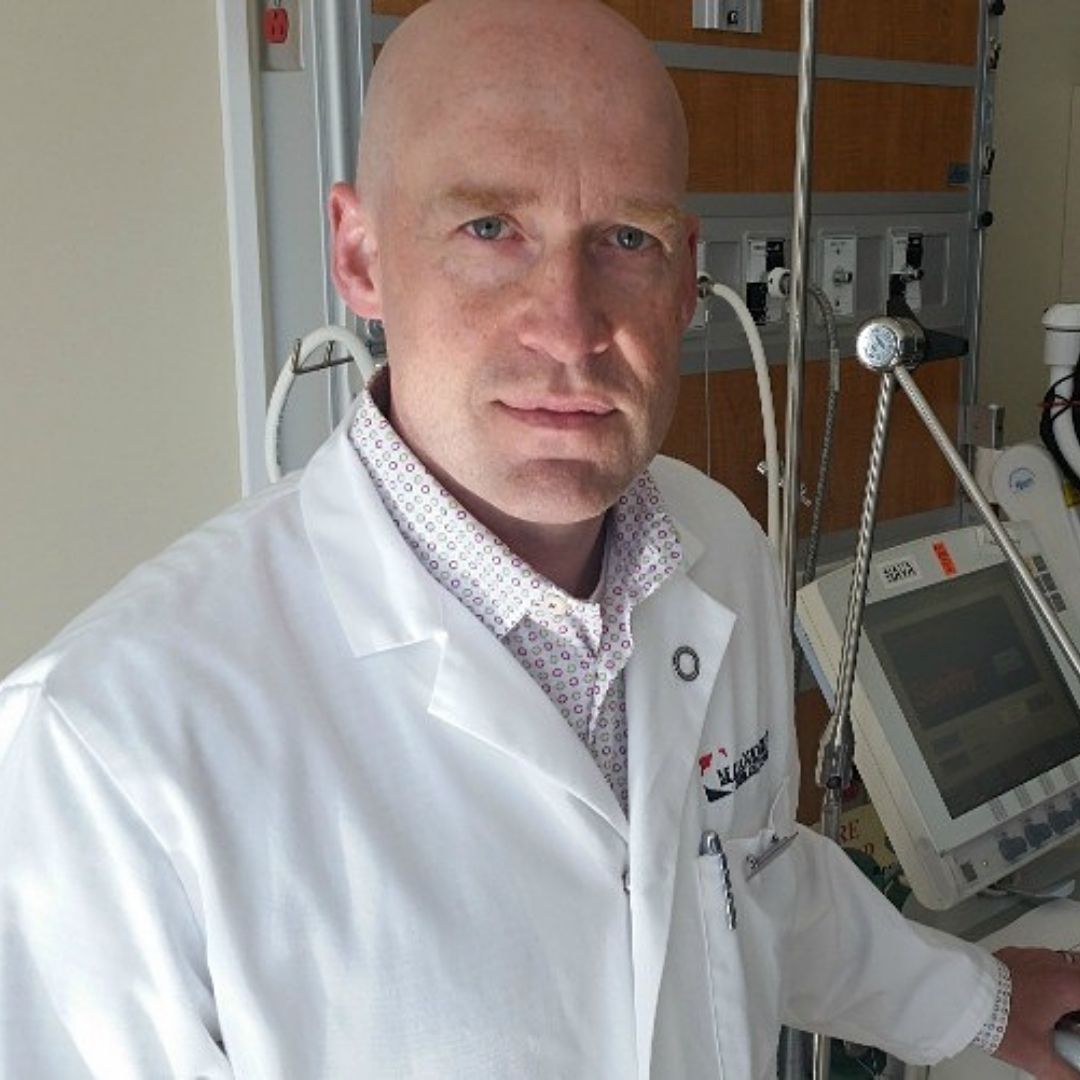
Sean Bagshaw – Faculty of Medicine and Dentistry
Critical Care Outcomes and Systems Evaluation
The intensive care unit (ICU), vital to modern acute care hospitals, is a busy and complex environment that provides 24-hour monitoring and organ support for patients at-risk of or who have developed life-threatening critical illness. ICU care is also resource-intensive and expensive; and the short-term efficiency, long-term effectiveness and overall cost-benefit for much of ICU care is uncertain. There is an urgent need to improve our understanding for how to best respond to evolving trends in critical illness, how best to deliver critical care, and how to optimally facilitate the timely adoption of innovations and new evidence into daily ICU practice.
Dr. Bagshaw is a professor of Critical Care Medicine and a Clinician-Scientist in the Faculty of Medicine and Dentistry. Dr. Bagshaw’s proposed research program aims to identify and characterize the health care inequities, evidence-to-care gaps, and health systems inefficiencies in critical care. He proposes to realize this by leveraging existing health data assets to describe and respond to the evolving changes in the epidemiology of critically ill patients (e.g., burdens, care processes, outcomes) and ICU practice. He will use these learnings to develop, test and implement innovative and pragmatic clinical trials aimed to improve patient outcomes, quality of care, and health systems efficiency. He further proposes to embed research experience and directly engage with the stakeholders to invest in and build a learning health care system supported by high-quality and rigorous research.
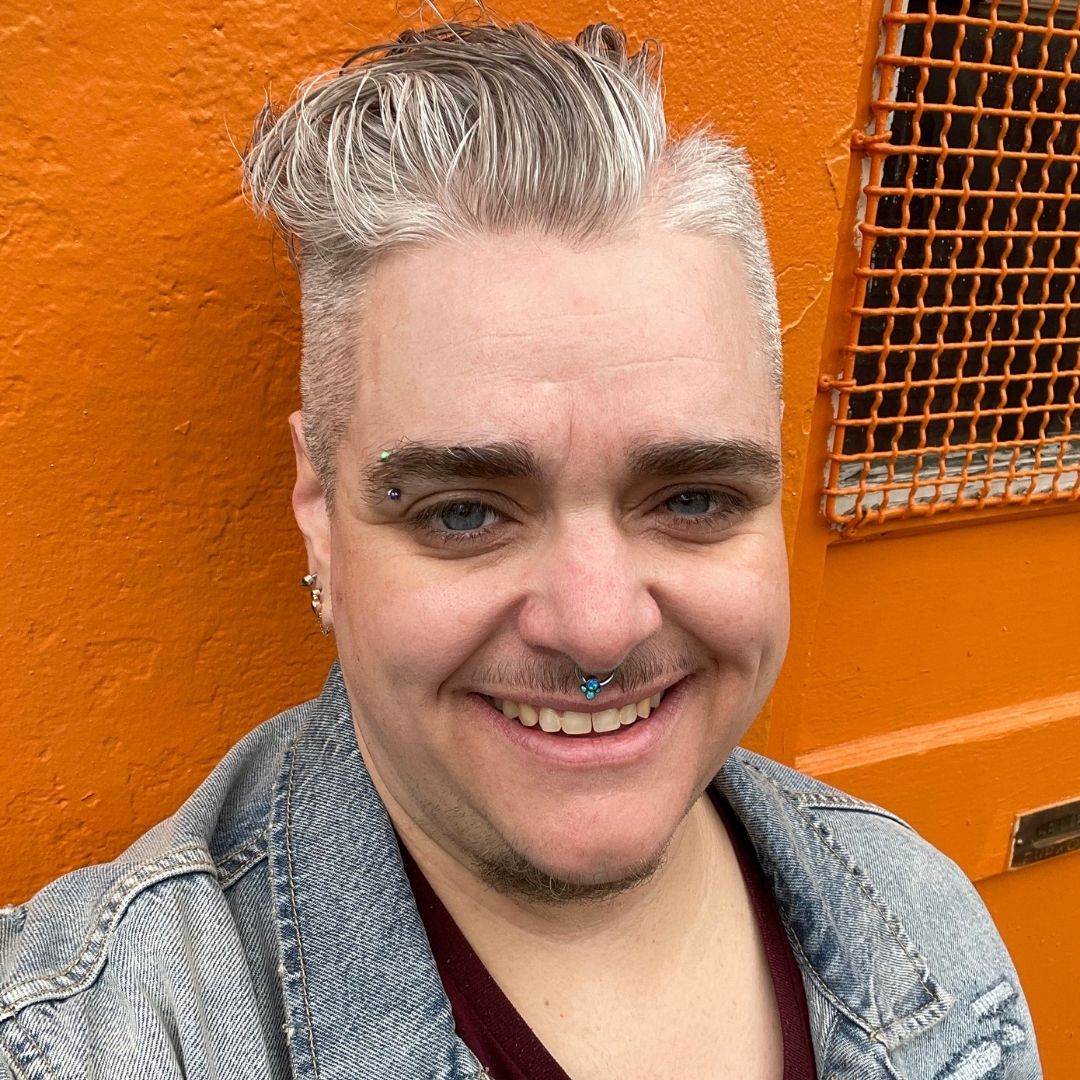
Lucas Crawford – Augustana Campus
Transgender Creativity and Mental Health
Lucas Crawford's research shows that mental illness still dominates most conversations about transgender–so much so, Crawford suggests, that just one impolite question can sum up today’s public debates about transgender: are transgender people crazy?
Crawford will study literature, art, and theory, in order to question the controversial role of mental illness in histories of transgender. As a response to these histories, Crawford will argue that trans artists have created their own kind of mental wellness expertise that is based in collaboration and non-linear narratives of emotion.
Crawford will design and offer free workshops in creative writing to local LGBTQ and/or mentally ill people, eventually partnering with Alberta Health Services to offer these courses in psychiatric wards. Also on the horizon are a Festival of Trans/Mad Literatures, workshops with visiting artists, and experiential courses on transgender and queer arts of survival, from drag to poetry to protest.
Crawford is the author of four books about gender, queerness, health, and the body–most recently, the award-winning Belated Bris of the Brainsick (2019). He is currently completing a poetry book about queer social isolation, a book of personal essays about gender, and an academic book about transgender art and emotion.

Dwayne Donald – Faculty of Education
Reimagining teacher education with Indigenous wisdom traditions
Canadians have recently been engaged in an intensified confrontation with colonial history and the systemic oppression of Indigenous peoples. Growing awareness of this troubling history has resulted in the creation of required Indigenous content courses in teacher education programs across the country. These courses usually conform to conventional understandings of teaching and learning that share information 'about' Indigenous peoples, but fail to provide meaningful contributions to teacher education programs. The fundamental problem is that educational practices continue to be dominated by a colonial worldview that blocks opportunities to learn 'from' Indigenous peoples. Reimagining teacher education will require learning to relate not only to knowledge, but also to people and other living beings very differently. Such reimagining requires attentiveness to kinship relationality wisdom teachings that guide human beings to understand themselves as enmeshed in networks of life-giving and life-sustaining relationships.
To facilitate this transformational shift, this research will support the conceptualization of unique, recursive, and place-specific pedagogical processes of unlearning colonialism with five different cohort groups, each comprised of 8-10 educators working at five different research locations who will be guided through collaborative action research processes. The research process will attend to the experiences of the educators, conceptualize a pedagogical model for unlearning colonialism, create research hubs that bring diverse groups of people together at each location, and identify innovative research-informed teaching practices that reimagine teacher education with Indigenous wisdom traditions.
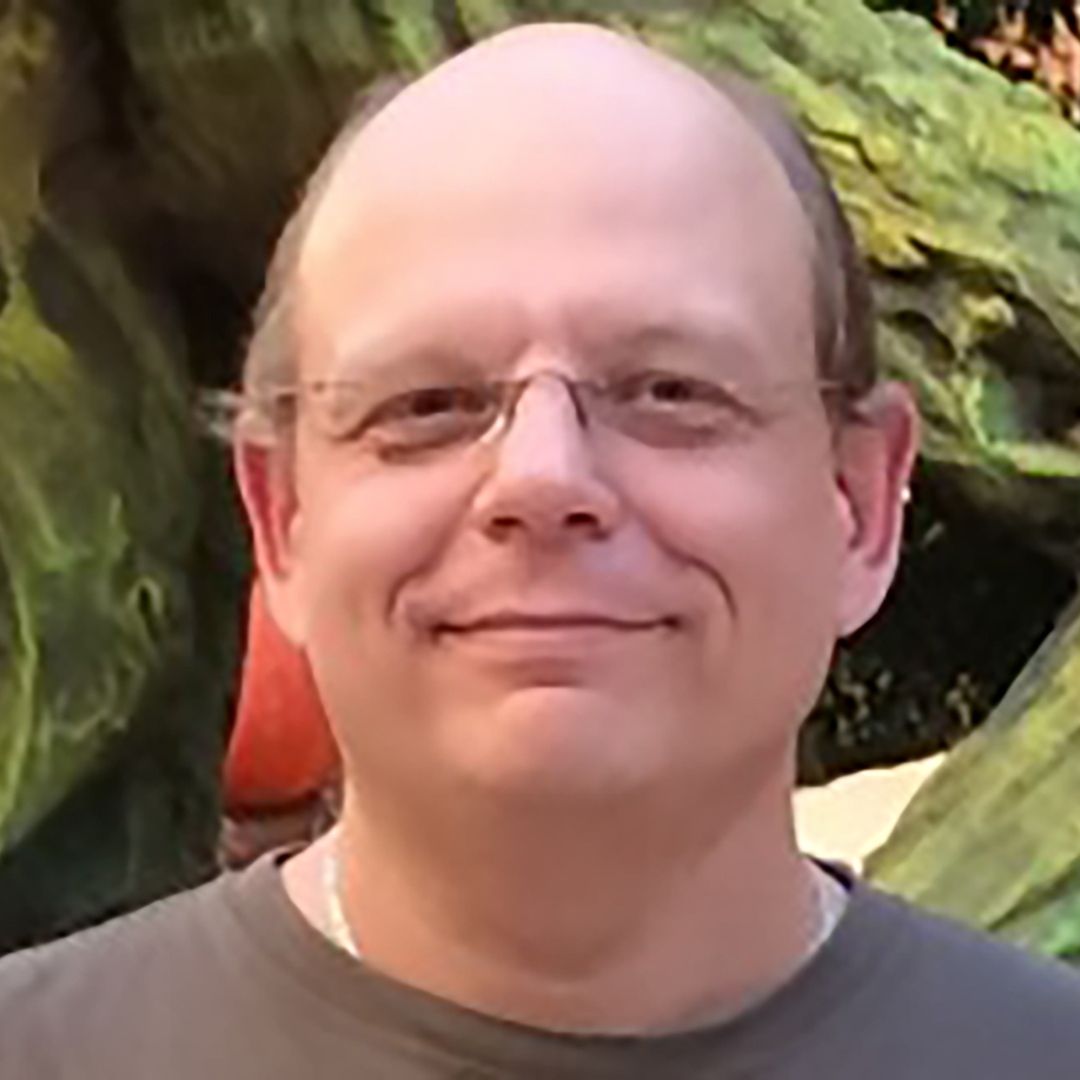
Michael Hendzel – Faculty of Medicine and Dentistry
Genome Cell Biology and Dynamics
Dr. Hendzel's research aims to understand what properties the packaging of DNA imparts to the genome of cells. Two meters of DNA are packaged into each cell nucleus, with diameters of only a few micrometres, while maintaining the ability to read, write, and repair it. Dr. Hendzel's recent work has found that the genome forms a gel, similar to Jell-O. This gel is decorated with binding sites that attract proteins that have a particular property–they can cause the water in the cell to separate, similar to oil separating from water. This could create a microenvironment that prevents the inappropriate expression of genes. This is important because some genes, such as endogenous retrovirus sequences which mutate our genome, must be shut down. Additionally, this gel state provides the DNA with an additional unexpected function–it can be used as structural support. This may be important in tissues that undergo significant strain, such as the contracting cells of a beating heart.
Our understanding of the genome is dominated by results from experiments done outside of cells. Dr. Hendzel's research focuses on the emergent properties that arise in the concentrated and complex environment of the cell. A gel state to chromatin and the creation of local microenvironments are examples of such properties. These introduce new and potentially transformational ways of thinking about these reactions, their mechanisms, and their control.
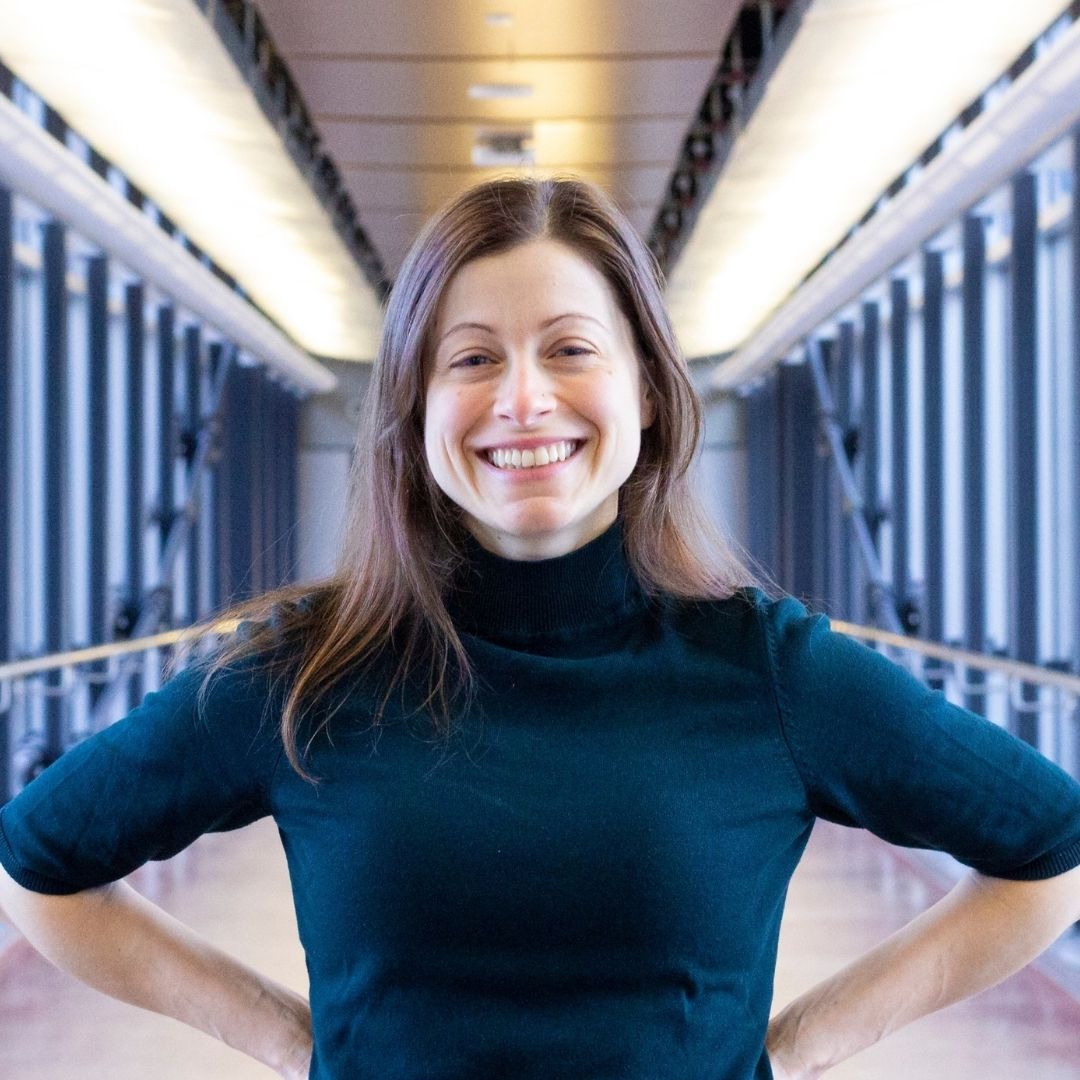
Maria Ioannou – Faculty of Medicine and Dentistry
Brain Lipid Cell Biology
Fat molecules called lipids are essential for all cells in the body. Lipids are a key component of the membranes surrounding cells: they can be used to allow cells to communicate with one another, and cells can use them as an energy source. Too many lipids, however, is toxic. Different types of cells have developed various strategies to prevent toxicity caused by too many lipids. This includes cells in the brain: neurons and glia. The unique mechanisms that neurons and glia use to protect themselves from toxicity caused by an accumulation of lipids is poorly understood. Determining how neurons and glia prevent lipid-mediated toxicity is an important area of research because the brain is one of the most lipid-rich organs in the body and alterations in lipid physiology has emerged as a key driver of neuropathology.
To study the mechanisms of lipid transport in the brain, Dr. Ioannou's team combines state-of-the-art biochemical and cell biological assays with advanced quantitative microscopy. The innovative imaging-based approaches used by Dr. Ioannou's team will allow for a deeper understanding of the mechanisms involved in lipid transport. Ultimately, this work aims to uncover new pathways that may be targets for drug therapies to reduce cell death in neurodegenerative disease and stroke.
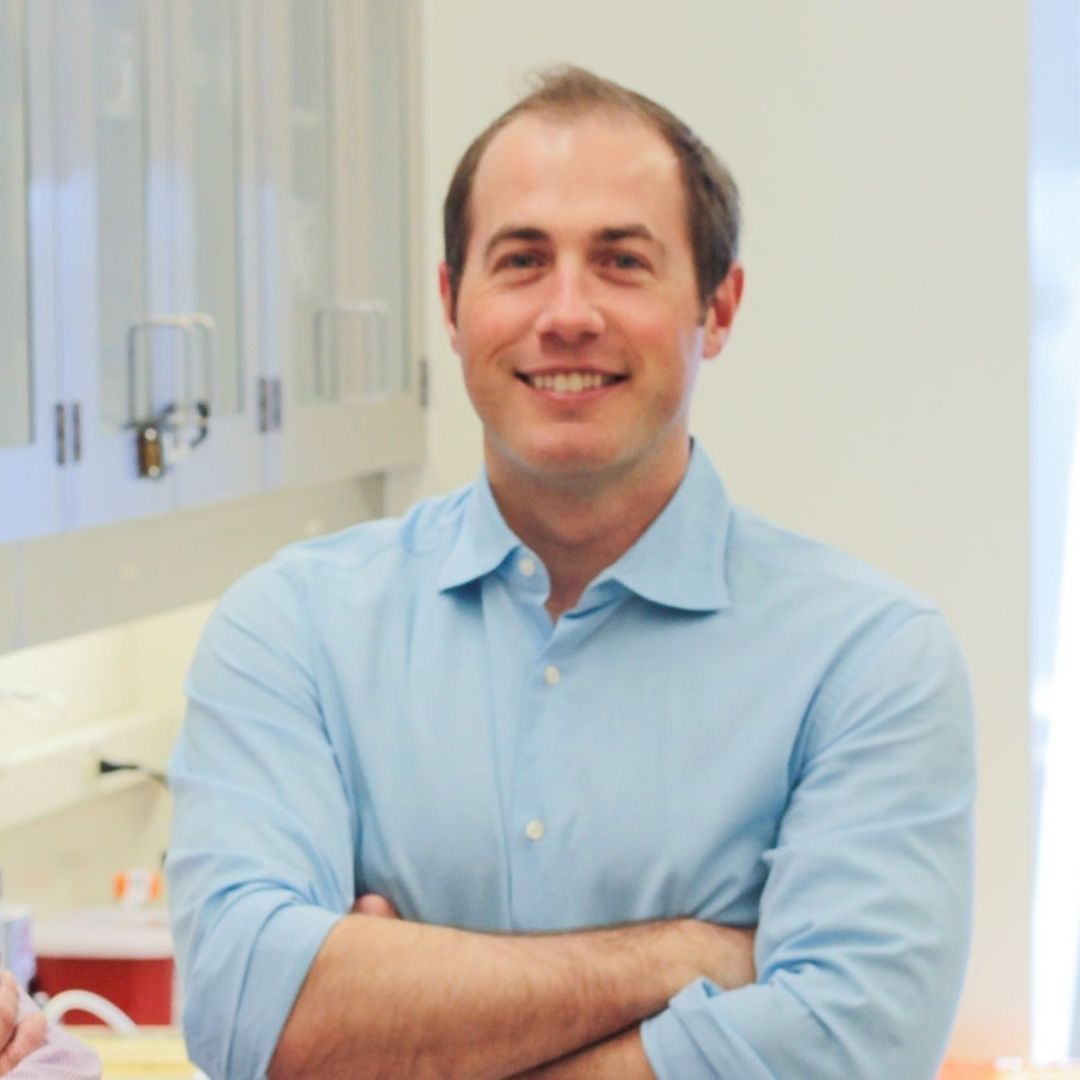
Andrew Pepper – Faculty of Medicine and Dentistry
Cell Therapies for Diabetes
More than 3 million Canadians live with diabetes. Each year, diabetes costs our health care system more than $17 billion. Since insulin was discovered in Canada a century ago, it has been the go-to treatment for people with type 1 diabetes. Insulin sustains life for these people, but insulin injections cannot accurately mimic the natural control of blood glucose by islet cells of the pancreas. We can now replace islet cells and restore glucose control with islet transplantation, but this option is currently useful only for a small number of people with type 1 diabetes.
Dr. Pepper’s research pursues innovative strategies to manage and treat type 1 diabetes. These new strategies may also be applied in the future to preventing type 1 diabetes, extending the benefits of islet transplants to many more people with type 1 diabetes, and even shifting people with type 1 diabetes into disease reversal. His research program can shed light on the factors controlling cells that are key to diabetes. His results will improve quality of life for people with diabetes, eliminate the need for insulin injections, reduce diabetes complications, and lessen the economic strain on Canada’s health care system.
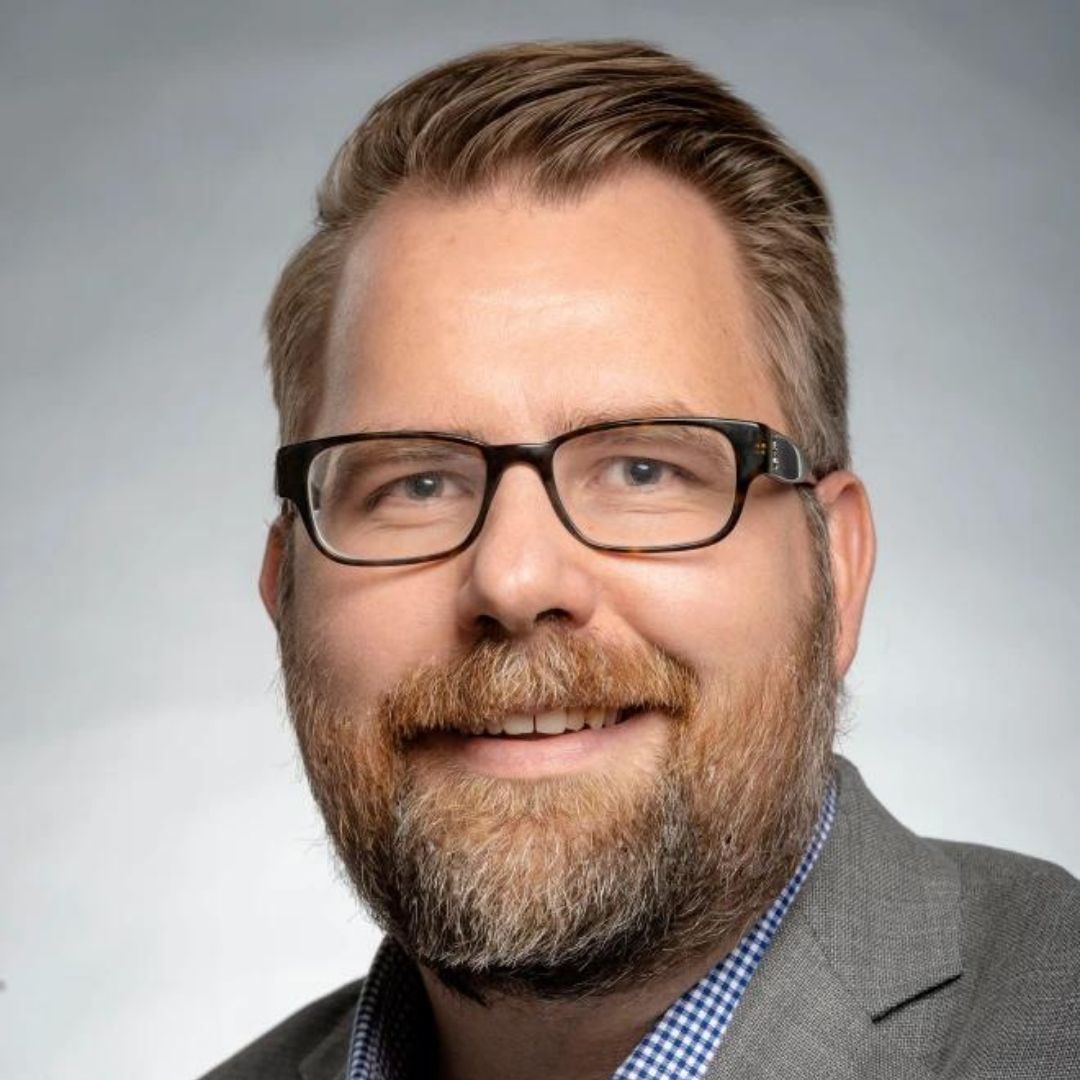
Jason Plemel – Faculty of Medicine and Dentistry
Glial Neuroimmunology
Dr. Plemel studies how the immune system develops and functions in the brain and spinal cord –our central nervous system. This central nervous system is protected from the actions of our body’s immune system in the other parts of our body. It has its own immune cells called microglia, which are the key initiators of any immune process in the brain. Microglia are part of a larger family of cells in the central nervous system, called glia. Glia are named after glue, because they were thought to hold brain structures together. We now know that glia are diverse and vitally important to the health and wellness of the central nervous system.
As a Canada Research Chair in Glial Neuroimmunology, Dr. Plemel will lead research on how glial cells–particularly microglia–develop and behave in diseases like multiple sclerosis. In multiple sclerosis, our immune system attacks the central nervous system. The role of microglia in multiple sclerosis is confusing because microglia can help to damage the brain tissue, but they are also needed to repair that damage. Dr. Plemel's research is untangling these complex roles of microglia in multiple sclerosis. First, he will identify how microglia change and respond during the different stages of multiple sclerosis. His goal is to find new ways to promote a more favourable response of microglia for brain health. Because microglia are a critical part of how the central nervous system stays healthy, Dr. Plemel’s research could also help people with other diseases of the central nervous system.
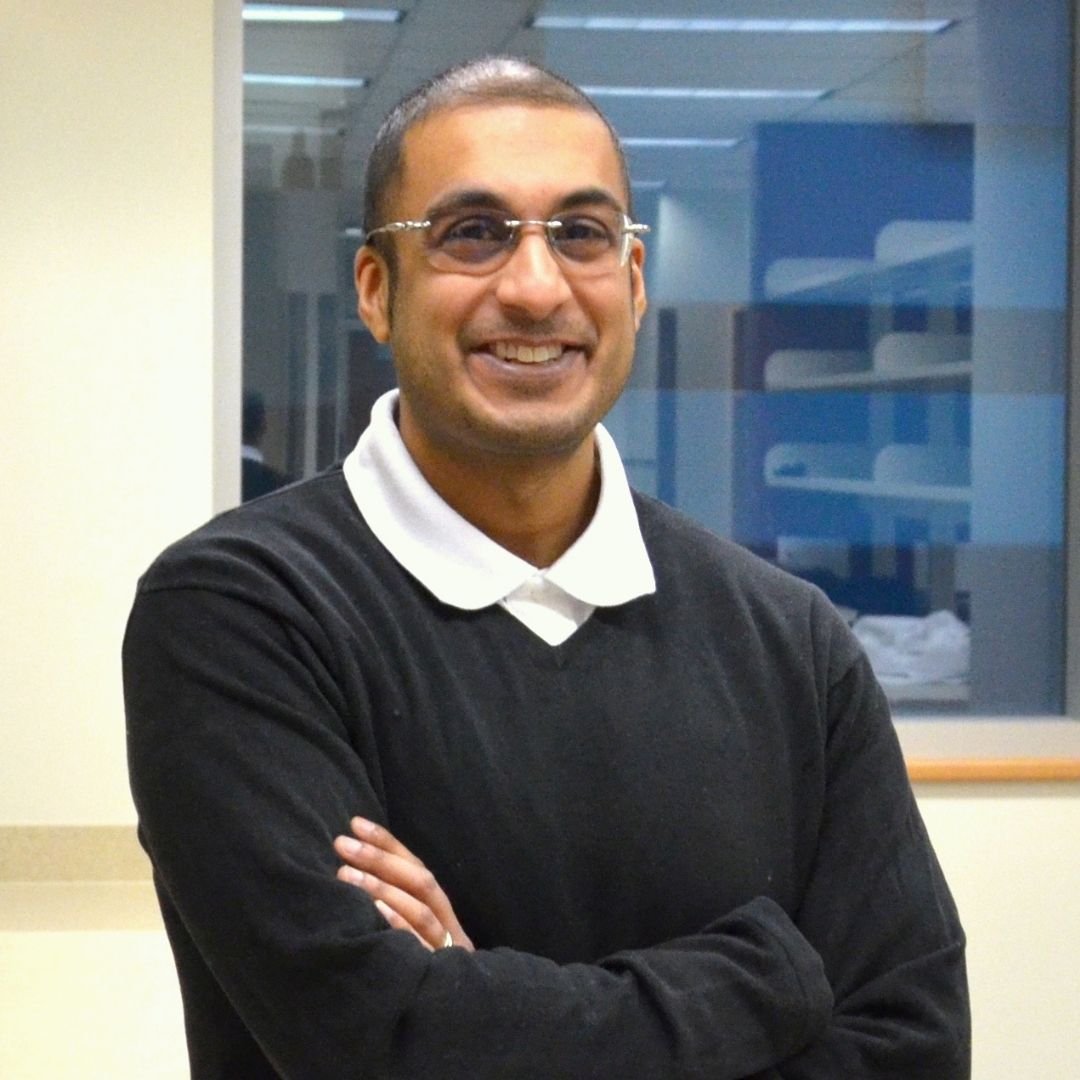
Gopinath Sutendra – Faculty of Medicine and Dentistry
Cardio-Oncology and Molecular Medicine
Chemotherapy-induced cardiotoxicity (CIC) is an emerging clinical problem, whereby commonly used cancer therapies cause heart failure. This generally results in early termination of cancer therapies, despite responsive tumors to chemotherapeutics. Unfortunately, while an increasing number of patients survive cancer, they end up dying from heart failure. Currently, there are no therapies to prevent or limit CIC. In addition, there are no biomarkers that predict which cancer patients are susceptible to CIC. Dr. Sutendra's research program aims to, a) discover novel mechanisms and therapeutic targets that would prevent CIC, but enhance chemotherapy-mediated tumor regression and, b) identify novel serum biomarkers that would predict which cancer patients will be susceptible to heart failure due to their cancer therapy. The outcomes from this research and training program will benefit heart failure and/or cancer patients — the two most common conditions leading to death of Canadians.
To do this, Dr. Sutendra will first focus on novel pathways–identified in his laboratory–that are selective to the heart, a tissue that is exposed to high levels of oxygen, compared to the tumor, which is exposed to low levels of oxygen. Dr. Sutendra has discovered that proteins in the heart that can initiate cell death are also preferentially oxidized, which could lead to a novel therapeutic approach to selectively inhibit death in the heart, but not the tumor. Secondly, Dr. Sutendra has identified specific tumor-secreted factors (TSFs) as novel biomarkers that predict CIC susceptibility. It also appears that these TSFs directly suppress a unique survival pathway in the heart that makes the heart susceptible to death from chemotherapeutics, identifying additional therapeutic targets. This work is highly novel and translational, with the outcomes of this research program providing new therapeutic targets, and potential biomarkers, against CIC.
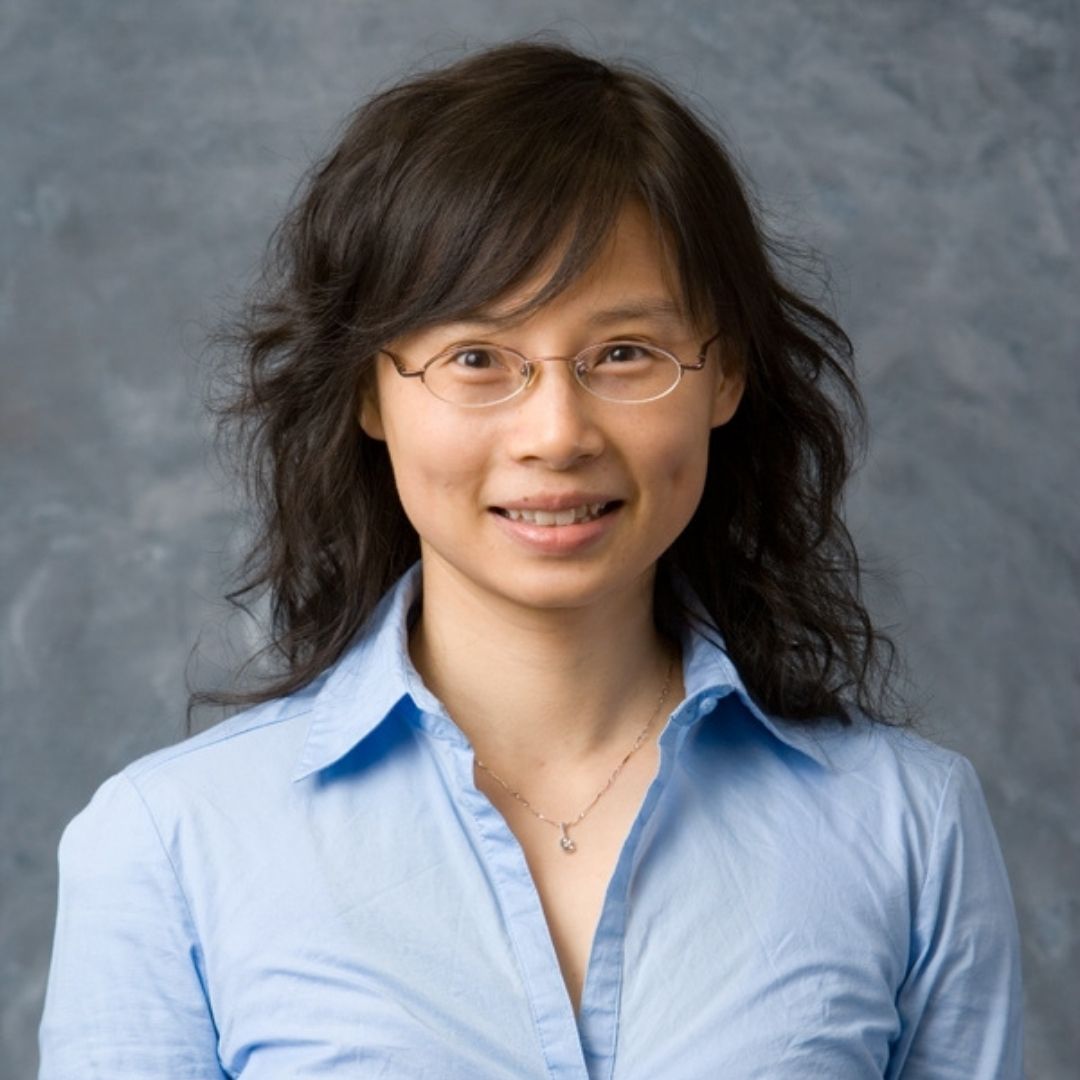
Tian Tang – Faculty of Engineering
Multi-scale Modeling of Soft Materials and Interfaces
Dr. Tian Tang has proposed a research program that aims at advancing the understanding and application of soft materials and interfaces. Soft materials, such as polymers, and interfaces, such as those in emulsions, are ubiquitous, and they govern many phenomena in life science and engineering applications. Solid-solid, liquid-liquid and solid-liquid interfaces are crucial in the development of adhesives, drug or cosmetic suspensions, and other colloidal processes. However, they can also cause serious industrial problems such as costly challenges in crude oil and wastewater treatments. Performances of soft materials and interfaces are complex–determined by both interactions between constituting molecules at the microscopic scale and their collective behaviors that render macroscopic functions. The overarching goal of this program is to achieve systematic design of advanced soft materials with desired bulk and interfacial properties.
The proposed program will focus on three themes: 1) molecular binding, aggregation and assembly; 2) advanced polymers; and 3) interfaces in colloidal systems. Modeling methods across different scales will be employed and integrated, including quantum mechanics, molecular mechanics, coarse-grained and continuum levels. Striking a balance between basic science and applied research, this program will contribute to several important fields that impact health, nanotechnology, energy and environment. Tools created from the program in the forms of model libraries, mathematical solutions and numerical codes, will bring long-term benefits to the broad materials research community.
